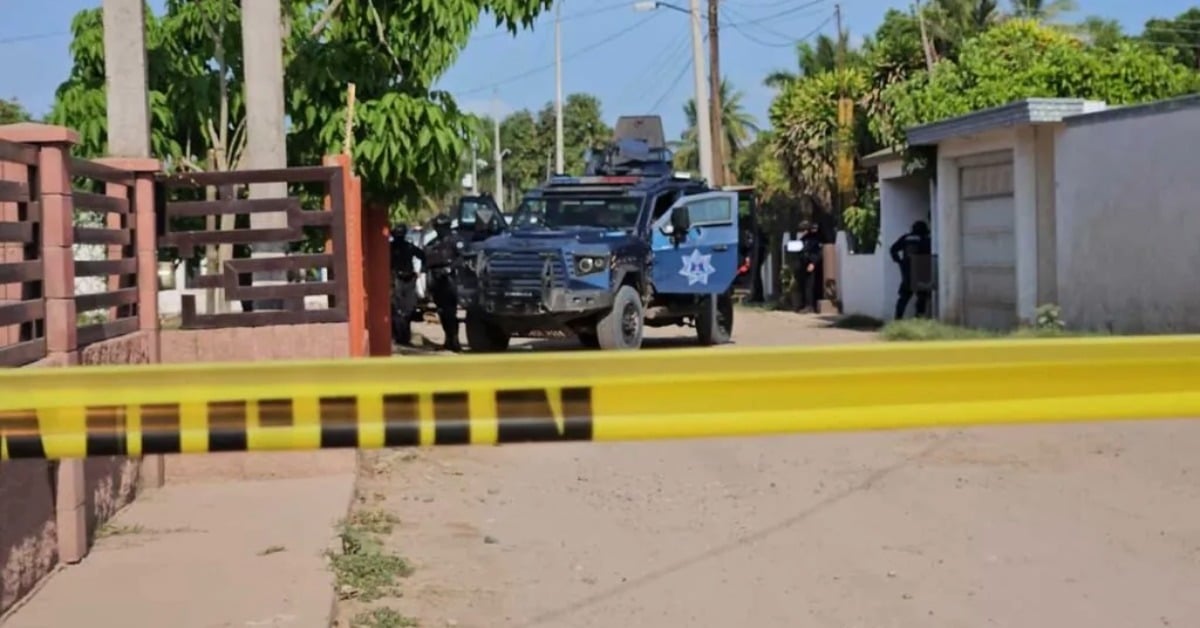A brutal wave of violence swept the state of Sinaloa over the weekend, with authorities reporting 22 homicides between Saturday and Monday . . .


A brutal wave of violence swept the state of Sinaloa over the weekend, with authorities reporting 22 homicides between Saturday and Monday . . .
